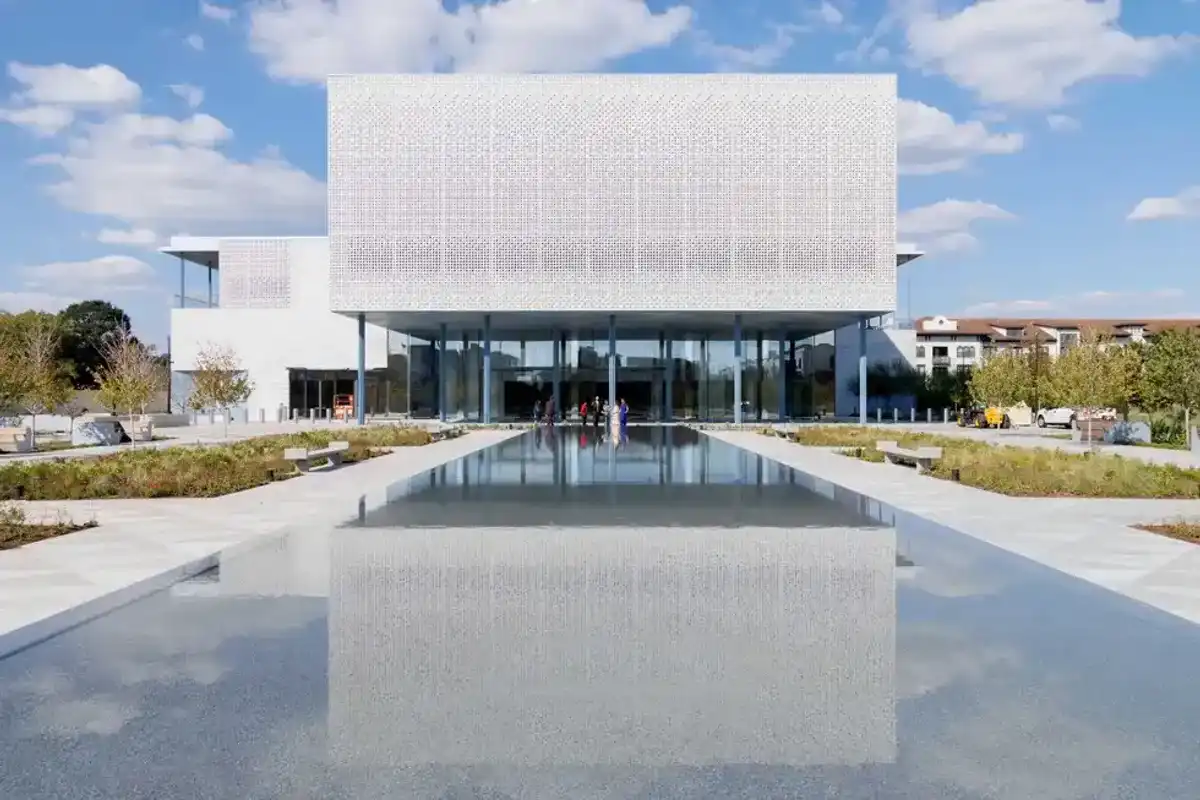Creative Houston art duo unveils dreamy new tech world in downtown's hottest destination
simulation stimulation
Aclever, Houston-based duo has unveiled a new digital art experience at downtown’s hottest hub. Creative technologist Billy Baccam and multidisciplinary artist Alex Ramos, founders of Input Output Creative Media Lab, have launched “Simulation,” the first artist residency at Post Houston. The show runs through June 30.
The creative team has transformed part of POST Houston's X atrium into a creative media lab. There, Baccam and Ramos have experimented with various kinds of emerging technologies to prototype and develop art experiences.
Mediums in the show include projection mapping, 3D printing, body tracking, camera vision, augmented reality, LEDs, and computer simulation, per a press release.
The “Simulation” layout utilizes the glass wall as an interface for the public to experience the art. Internally, viewers can see an amalgamation of machinery, wires, gizmos, and gadgets similar to the inner workings of a computer.
Externally, viewers can explore and interact with the art through the glass wall via body tracking sensors, augmented reality via QR codes, and just by merely watching. Various books, movies, and other memorabilia have been scattered throughout the space to showcase inspiration on the subject matter of simulations and their influence on culture, a release notes.
“We’re super excited to be able to share the art we have diligently been working on for ‘Simulation,’” the team notes in a statement. “We’ve been able to explore a variety of new mediums such as 3D printing and augmented reality while also getting a chance to dive deeper into our previous works based on projection mapping, interactivity, and computer simulations. As we continue to create, learn, and iterate, the pieces will also evolve to reflect our growth. We thank the public for engaging with our work and bringing about moments of joy and wonder.”
For more information on the duo, visit www.inputoutput.space or @1nput0utput on Instagram.
---
This article originally ran on CultureMap.





 2025 Houston Innovation Awards winners revealed at annual eventThe 2025 Houston Innovation Awards winners have been revealed. Courtesy photo
2025 Houston Innovation Awards winners revealed at annual eventThe 2025 Houston Innovation Awards winners have been revealed. Courtesy photo